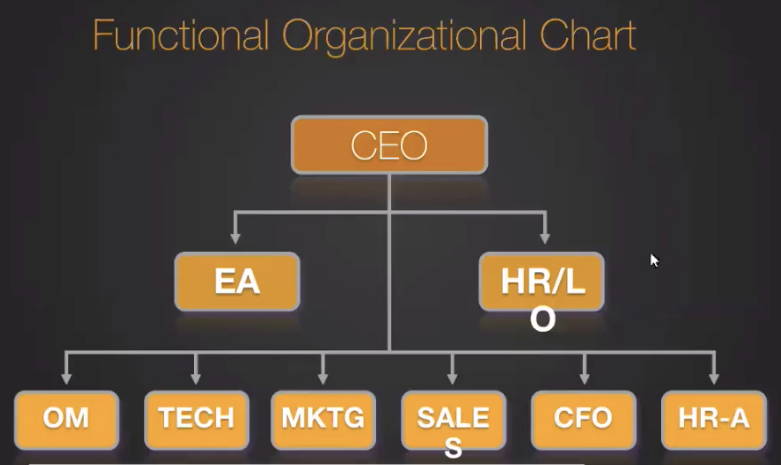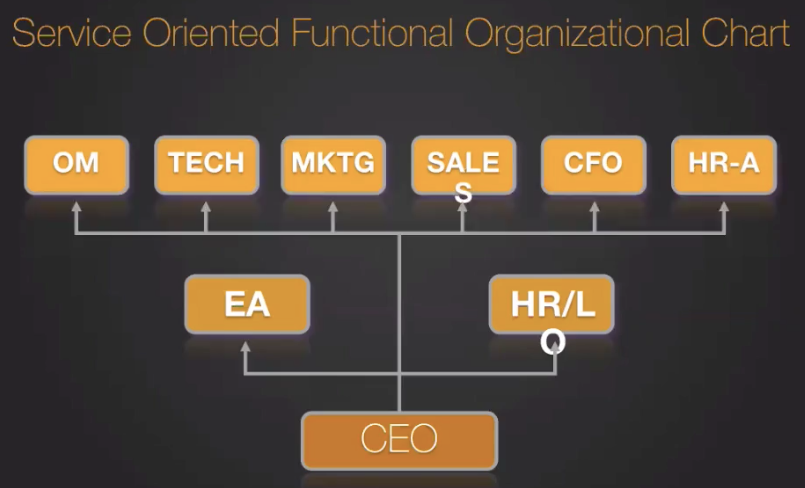This document outlines the growth stages businesses go through and key insights to move to the next level. Use this system to help grow you from entrepreneur to CEO.
===
System Architect: Daniel Marcos
Website: www.growthinstitute.com
Generated as part of the www.BusinessSystemsSummit.com
Stage 1: Startup Venture
- Business start-up with 1-5 employees that needs to focus on product development.
- Priority: Nail your value proposition.
- Understand what are you selling, at what price point, in what packaging and what marketing to undertake to make your market want to buy your product or service.
- Barrier: Market Dynamics
- How is the market running today, who are your competitors, what prices are they selling their product or service for, what are their discounts?
- Ability: Marketing.
- Have a conversation with your client. Understand what are you selling them and what they want to buy.
- Decision: Strategy
- Create and update your business plan.
Stage 2: Growing Small Business
- Small business with 6-15 employees, that needs to focus 100% on sales.
- Priority: Hire the right team.
- You cannot be very selective during the first stage, so use this stage to select the right team members.
- Barrier: Leadership
- Begin leading a team.
- Learn how to delegate and define direction.
- Begin leading a team.
- Ability: Predict, Delegate and Repeat
- Create repetitive processes and build your systems.
- Decision: People and Cash
- Hire the right people and understand what it is to be a leader.
- Be cash-wise for cash constraints.
- Example: Your people see that the company is growing and start asking for a higher salary.
- Hire the right people and understand what it is to be a leader.
Stage 3: Business Scaling Up
- Priority: Scale up.
- After you build your team and have your systems in place you begin to scale up.
- Barrier: Infrastructure.
- Look for systems that will help create great structure in your company.
- Ability: Align and Simplify.
- Analyse your systems and make them easier and simpler.
- Align people with just one or two things.
- Analyse your systems and make them easier and simpler.
- Decision: Execution.
- Now that you have your product, your team and your systems, replicate that as fast and as cheaply as possible.
- Functional Organisational Chart.
- As a medium sized company, it is important to have that chart in order to give structure to your team.
- CEO
- The first level of management:
- EA (executive assistant) – delegate all small fixes so you don’t have to do them.
- HR/LO (HR Leadership & Organization) – that’s HR on a strategic level, that will hire and coach your first line of executives.
- EA (executive assistant) – delegate all small fixes so you don’t have to do them.
- CEO
- As a medium sized company, it is important to have that chart in order to give structure to your team.
- Service Oriented Functional Organizational Chart.
- Turn your Functional Organisational Chart upside down.
- Leadership in stage 3: manage and help the people above you to be more productive.
- The people on top of the chart, who are in touch with the client are the most important people in your organisation.
- Turn your Functional Organisational Chart upside down.
- Identify and remove the bottleneck.
- Evolve to leader of leaders.
Stage 4: Large business
- Priorities: Continuous growth.
- Ability: Be a strategic innovator and a catalyst of change.
- Evolve from a leader to a satellite gravitating around the company on day-to-day operations and foresee the trends.
-
The S-curve of a product lifecycle.
-
Once you have a client for your product, instead of investing in the same product, invest in another product to up-sell.
-
-
To 10x your company and 10x your team in terms of mentality and training.
-
Levels of Management / Training:
-
Individual contributors.
-
Frontline employees – train them on:
-
Technical know-how (teach them what they do, so they do it better)
-
Focus
-
Productivity – Results
-
Humbleness – Cultural fit.
-
-
-
First-time leaders:
-
Foreman, supervisor, superintendents – train them to:
-
Be great listeners
-
Create performance pattern recognition
-
High-performance teams
-
Talent development
-
-
-
Leaders of leaders:
-
Departmental Managers – train them to:
-
Identify the right person for the right position
-
How to develop leaders
-
Big picture
-
Negotiation
-
Predictable skills
-
-
-
Leaders of the Organization
-
C-level Executives, Vice-presidents – train them on:
-
People
-
Change management
-
Global vision
-
-
-
-
The 4’C rule; how to get confident.
-
Commitment – Example: Make a commitment: I am going to do THIS by THAT date.
-
Courage – The commitment will push you to have the courage to change and learn new systems and procedures
-
Capability - Courage will help you build new capabilities.by learning new systems and procedures.
-
Confidence – Having these new capabilities will help you have more confidence in execution.
-

